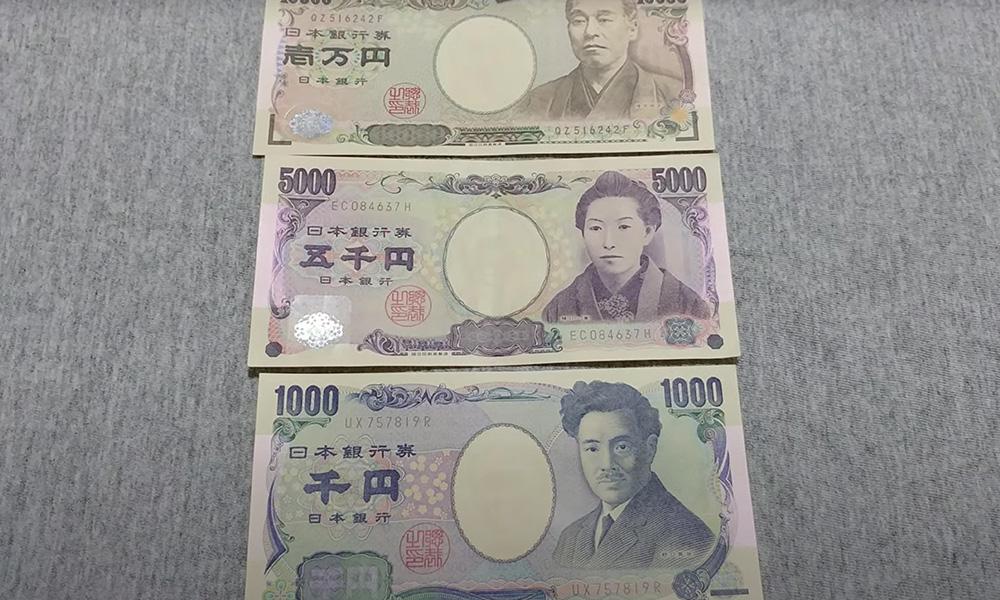A 50/50 bet: With the probability of a Japanese interest rate hike soaring by the end of the year, can the USD/JPY pair hold the 155 mark?
2025-11-06 22:07:41

From a macro perspective, the mismatch between the current state of the US labor market and its actual demand is cumulatively impacting expectations for dollar interest rates. Latest corporate layoff announcements surged in October, reaching approximately 153,000 in a single month, a significant increase both month-on-month and year-on-year, hitting a multi-year high for the same period, with a cumulative total approaching 1.1 million this year. Simultaneously, companies are adopting a cautious approach to hiring, with planned hiring volumes since the beginning of the year at a level not seen in over a decade. This information points to a cooling demand side, with companies becoming more conservative in balancing future profits and costs. Concurrently, while October's private sector employment growth exceeded consensus expectations, the average increase over the three months from August to October was only about 10,000, indicating weak momentum in job expansion. From a macroeconomic transmission perspective, the cooling employment situation is limiting the upside potential of nominal and real yields, and through interest rate swaps and front-end curve switching, is exerting a mild drag on the dollar index and risk appetite.
For the Federal Reserve, the constraining policy environment has begun to exert a "slow variable" constraint on employment. Some pricing suggests a 60-70% probability of another 25 basis point rate cut in December to 3.50%-3.75%. If this path is reinforced, the center of gravity of US Treasury yields may shift further downward, marginally weakening the dollar's advantage driven by interest rate differentials. It's important to emphasize that this is more like a slight shift in the "pricing center of gravity" than a trend reversal; therefore, the USD/JPY exchange rate's reaction will depend on whether a simultaneous resonance of "marginal policy tightening + rising wage stickiness" occurs in Japan.
In Japan, wage data presents a complex signal: "upward in direction, but moderate in pace." Nominal cash wages rose 1.9% year-on-year, higher than the previous 1.3%, but the basic salary for full-time employees, which better reflects trends, slowed to 2.2% year-on-year, lower than market expectations and the previous value. Overall, current wage levels are insufficient to drive sustained high inflation alone, but future uncertainty is rising: large industrial labor unions have indicated plans to push for a further 6% increase in overall wages for regular employees next year, following an increase of approximately 4.75% by 2025. If this demand is implemented in next year's negotiation season, the wage-price transmission chain may be more robust. The Bank of Japan has previously clearly focused on the "initial momentum" of annual wage negotiations, meaning its policy response function will rely more heavily on confirmation of wage diffusion and persistence.
Interest rate swap pricing is also subtly shifting: around the end of the year, the probability of a Bank of Japan rate hike is nearly 50/50, with a cumulative tightening of approximately 25 basis points by the first quarter of next year already factored in. For USD/JPY, this repricing works through two paths: first, rising short-term yen interest rates increase the "funding cost" for carry trades, compressing the interest rate differential advantage; second, if the stickiness of wage and service inflation is confirmed, market confidence in the Bank of Japan's "exit from ultra-loose" policy strengthens, reducing the demand for a yen risk premium and making the exchange rate more likely to react linearly to external negative factors.
Technical aspects
The USD/JPY 60-minute chart shows that after falling from 154.35, the price is trading around 153.50, within a range of approximately 153.40–153.90/154.35. Recent candlesticks show long shadows and narrow bodies, indicating rising divergence. The MACD fast and slow lines have turned downwards and diverged above the zero line, with the histogram turning negative, indicating weak momentum. The RSI has fallen from above 50 to around 40, not reaching extremes, suggesting a time-based consolidation phase during the pullback.

Structurally, 153.40 is a support level formed by the combined effect of dense trading volume and the previous low, with further support around 152.95. On the upside, 153.90 and 154.35 constitute consecutive resistance levels. If the price continues to fluctuate around 153.50, it is likely to maintain range-bound trading, and attention should be paid to the direction chosen after the fluctuations converge.
Outlook
Near-term catalysts are concentrated in two categories: First, whether US employment, wage, and inflation data, along with communications from Federal Reserve officials, can clarify the main theme of "another rate cut in December"; second, whether Japanese wage negotiations, signs of price stickiness, and the Bank of Japan's statements on "initial momentum" can push market expectations for tightening from the end of the year to the first quarter of next year from a "probability event" to a more definite path. If US data continues to show a slowdown in labor demand, while Japanese wage expectations rise and the policy tone remains tight, the USD/JPY pair may be more likely to test the lower end of its range; if US data stabilizes, while the Bank of Japan maintains its observation stance and emphasizes gradualism, the exchange rate may continue to fluctuate within a high range.
In summary, the key to USD/JPY at present lies in the "synchronization" of policies and wages on both sides. On the US side, the combined signals of employment and layoffs impose a dovish constraint on the Fed's path; on the Japanese side, the forward-looking nature of wage and policy communication enhances the possibility of "exiting ultra-loose monetary policy." If the two main lines of interest rate differentials and risk premiums continue to compress towards each other, the upside potential of USD/JPY will passively decrease; conversely, if there is an unexpected "further easing" on either side, the trading range will be repeatedly tested.
- Risk Warning and Disclaimer
- The market involves risk, and trading may not be suitable for all investors. This article is for reference only and does not constitute personal investment advice, nor does it take into account certain users’ specific investment objectives, financial situation, or other needs. Any investment decisions made based on this information are at your own risk.





















